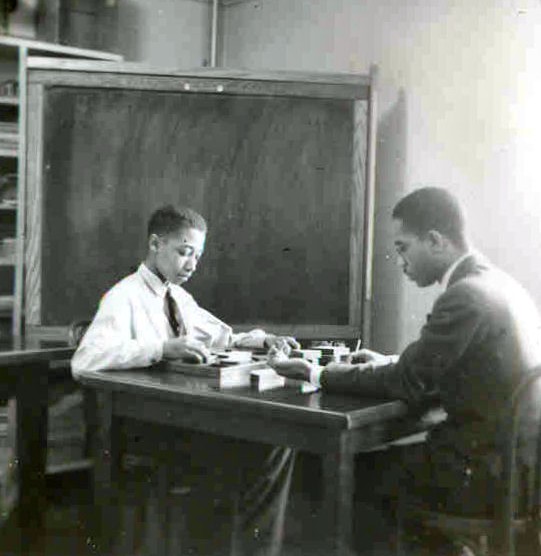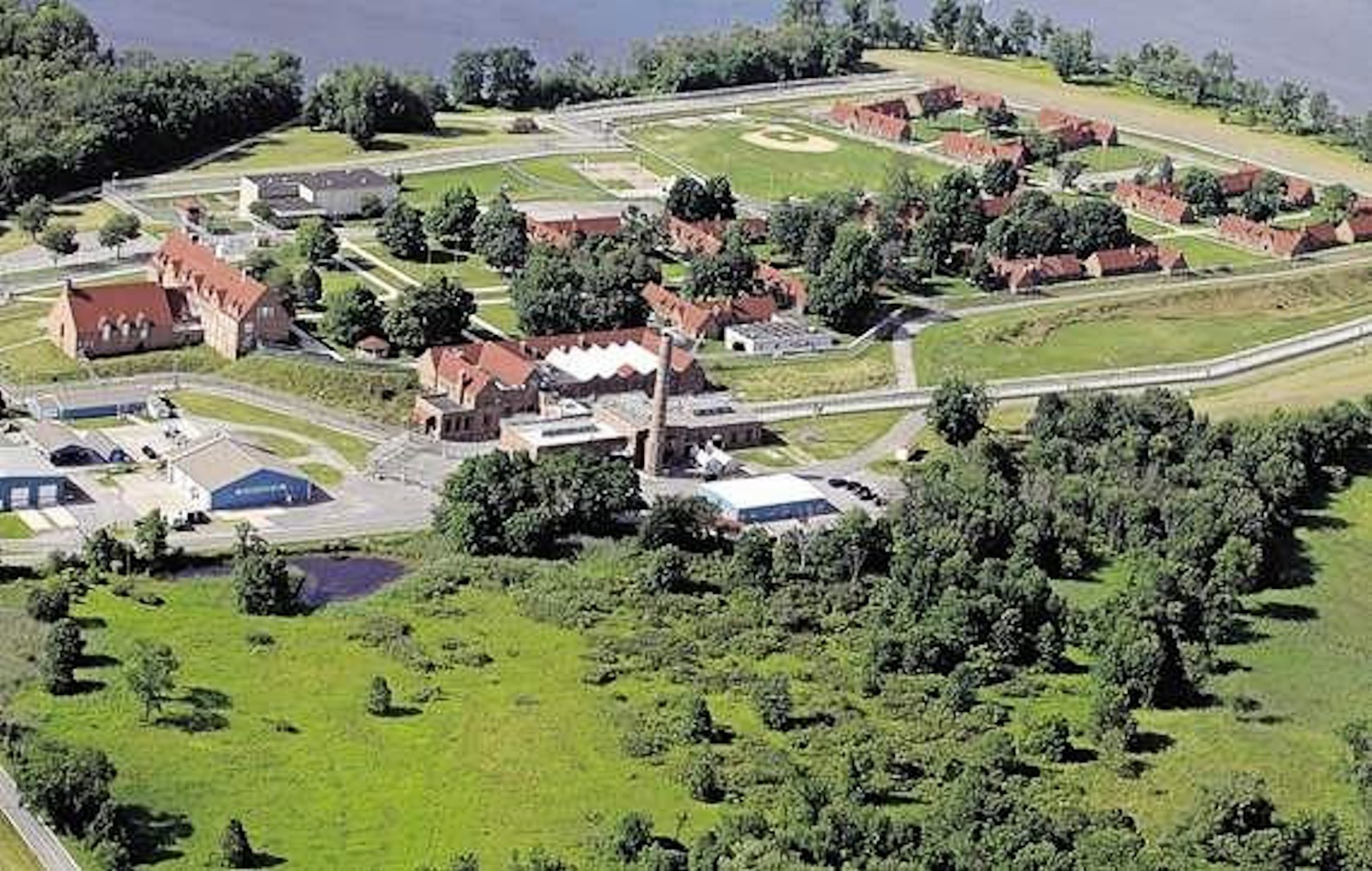DIVERSE DOCUMENTS: OUR VARIED HERITAGE by S. Gardner
- Introduction
- The First People and the Europeans
- 18th & 19th Centuries: Enslaved & Free
- Underground Railroad
- Seward's Associates: Gleanings
- Wickham Lake Correctional Facilities
- Greenwood Forest Farms
- Greenwood Lake's Boxing Camp
- Latino Heritage & Migrant Workers
- Patriotic Service
- Biographies, Memoirs, and Contributions
- Churches & Faith Heritage
- Portraits & Photos
- Historical Markers & Plaques
- Family Histories
- Racism, Bias and Their Impact
- Discussion, Lessons & Activities
The New York State Training School for Boys
 The correctional complex along State School road has a long history, and one that has significance for the history of people of color in Warwick.
The correctional complex along State School road has a long history, and one that has significance for the history of people of color in Warwick.
Beginning as an alcohol and drug treatment program, it later became a ground-breaking experiment in life reform efforts during the New Deal era following the Great Depression. Delinquent boys housed at Randall's Island would be transferred to the facility, with the view that by removing them from an environment of violence, gangs, and poverty they could be rehabilitated.
A most of the boys assigned to the "reform" school were from poor families, who had gotten into trouble and assigned to the school as an alternative to incarceration in the hopes of giving them a fresh start. Shortly after opening, the school had a population of about 50% black and 50% white boys between the ages of 12 and 16. The campus was not "fenced." Although the program was successful for many, it also had instances of violence and abuse.
Sometimes the residents were "study subjects" to understand the social context of the boys' lives; it is unlikely that they were made aware that the information they provided was for research and study on a broader basis, and not necessarily anything to do with their own rehabilitation.
A brief history and resources for the New York State Training School for Boys is here:
The webpage has extracts from two classics of Black biography, Manchild in the Promised Man by Claude Brown, and Out of the Burning by Ira Freeman, which describe experiences at the school.
-
New York State Training School for Boys (webpage capture_Document with content from the website
-
History of the Mid-Orange Correctional Facility by Dr. Richard HullPamphlet on the history of the complex on State School Rd., 2012.
-
Slideshow of Images from the NYS Training SchoolSlideshow from the Otness photo album in the archive of the Warwick Historical Society.Slideshow created in 2011 by S. Gardner with permission of the Historical Society.
-
The Warwick Story (25th Anniversary, 1957)Newspaper supplement from The Record with photos and description of the school's history and current program.
-
Population of the NYS Training School, 1940Extract from the Directory of Training Schools.
-
Study of Black Slang at WarwickWork cites studies done at Warwick to understand and document the street idiom of urban black youth.
-
Review of "Native Son", 1942The State School's librarian edits a column for the local paper; gives a lengthy and thoughtful review of Richard Wright's "Native Son", a classic of Black literature.
Mid-Orange Correctional Facility
 The New York Training School for Boys was fraught with problems going into the 1970s. Increased incidents of runaways and a more violent drug and street culture made the New Deal model of a reform school no longer a viable alternative. The campus was transformed into a traditional correctional facility as the Mid-Orange Correctional facility, with the first inmates arriving in 1977. It was a medium security prison, housing thousands over it's span, until closure in 2011.
The New York Training School for Boys was fraught with problems going into the 1970s. Increased incidents of runaways and a more violent drug and street culture made the New Deal model of a reform school no longer a viable alternative. The campus was transformed into a traditional correctional facility as the Mid-Orange Correctional facility, with the first inmates arriving in 1977. It was a medium security prison, housing thousands over it's span, until closure in 2011.
As a prison, it faced the same issues of racial bias present in other New York State prisons, reported in the New York Times in 2016:
-
History of the Mid-Orange Correctional FacilityBrief history by the Department of Corrections
-
Black Solidarity Day at Mid-Orange Correctional, 1978Program for the day included music, dance, and other expressions of Black culture and pride.
- Last Updated: Feb 1, 2024 10:09 AM
- URL: https://guides.rcls.org/diversity
- Print Page
